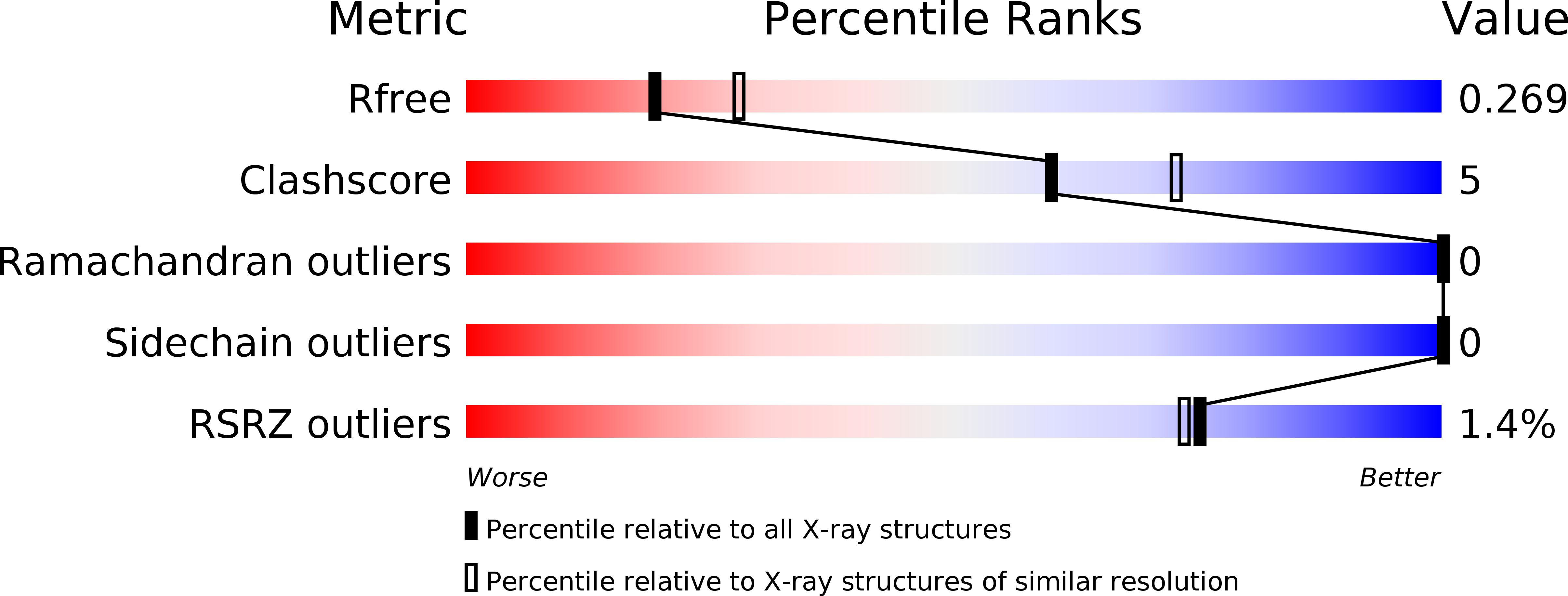
Deposition Date
2012-02-19
Release Date
2012-04-11
Last Version Date
2024-10-30
Entry Detail
PDB ID:
4DSQ
Keywords:
Title:
Crystal structure of peroxiredoxin Ahp1 from Saccharomyces cerevisiae in oxidized form
Biological Source:
Source Organism:
Saccharomyces cerevisiae (Taxon ID: 559292)
Host Organism:
Method Details:
Experimental Method:
Resolution:
2.40 Å
R-Value Free:
0.27
R-Value Work:
0.23
R-Value Observed:
0.23
Space Group:
P 1 21 1


